PRESENTATION
My work consists of photographs and snapshots of nude men. I started making this work last summer. A while before this, due to certain circumstances, I lived confined to my house in the spring and throughout the summer. During this time, I felt my reactions to joy, anger, and other stimuli rapidly fade, which left me with the sensation that the link between my body and my mind was beginning to unravel. I became lethargic and sluggish. Then, in late spring, I was hit by a car while out riding my bicycle. The collision sent me flying several meters, leaving me bloodied and in pain. But as the ambulance carried me to hospital, I had the sudden recollection that I do indeed have a body. The body-mind link was partially restored and I felt I had cleared a hurdle in my life.
My left hand was injured, so I started to go to rehabilitation. The rehabilitation process led to a habit of staring at my naked, injured body while at home. Several men my age also went to the rehab facility. I caught myself gazing at them more and more, because I was interested in how they, injured much like me, used their bodies. Even as my injuries healed, I continued to gaze more often at my own body and the bodies of other men. I started on this work with the idea of making something about observing one's own body and about the varying sensations of body possession.
Although I am gay, all the male subjects in the work are straight. At first, I planned on taking photos of men my age regardless of their sexuality. But as it turned out, the first man who agreed to be photographed was straight. I love to talk and as I spoke with him, I discovered something very intriguing. Being gay, I'm quite interested in the idea that I possess a male body, about how it fits into society, and about how I use my body. Conversely, my subject showed zero interest in his possession of a male body or its social implications. He believed he could exist and survive anywhere, which I thought was both a strength and a weakness. The men I photographed after him generally shared the same awareness. Straight men are at the center of social circles and not on the outside, so perhaps they don't really need to be aware of their bodies. It was enlightening that when I mentioned this to my female and gay friends, they strongly agreed with me. It made me think there was a commonality between straight men, who are not conscious of their bodies, and my former self, who had severed the link between body and mind. Moreover, it triggered my interest in the differences in body consciousness between me and straight men. So, I decided to exclusively photograph straight men for this work.
I hadn't taken many nudes prior to this work because of concerns about the power dynamics between photographer and subject. I wanted the photos to be identifiable as male, but still be anonymous. There are even photos of my naked body in the book taken by my male subjects. My idea was that by mingling their bodies with mine, I could show I was in sync with their body consciousness.
I'm sometimes struck by the feeling that I'm the person I'm looking at — as if we are switching places. I think the photo shoots were a part of that projection ritual too. Photographing straight men felt like looking at a mirror, except that the reflections move and shift on their own. I initially felt disconnected from the subjects because they looked physically so much like me but had such different sensibilities. As I photographed them, I noticed these straight men also had an interest in their own bodies and in bodies of the same sex. When I noticed this, I no longer felt like a total stranger, but like we had a thin connection.
I have a stronger desire for relationships than most people, and I believe that to treat someone as a complete stranger is to cut off interest and terminate any relationship. Instead, my aim was to discover small connections and small gaps between people. We use words to create our world, but words have the effect of perpetuating differences. My goal was not to reaffirm sexual differences, but to rethink and unwind them.
My tendency is to create thematic works about the desire I notice through relationships with people. I believe that the essence of human relationships is the imagining of the other person's desires. In my eye, my creations that originate from desire are similar in form to a swamp. The desires of others are muddy and impossible to see clearly. Perhaps it is the duty of a photographer to observe people drowning in this swamp of desire. But I cannot be a bystander, so I sometimes throw myself into the swamp along with them. I decided on the title Gentle swamp because I think — in watching and identifying with my body and the bodies of other men — the variations in bodily sensations are akin to reflecting on myself in a swamp of desire.
The body is a mysterious place packed with an array of elements, such as politics, desires, and relationships with others. My goal is to observe and contemplate more about this mysterious place while creating my art. I also hope to see what lies beyond the body and desire as well as unravel perpetuated differences.
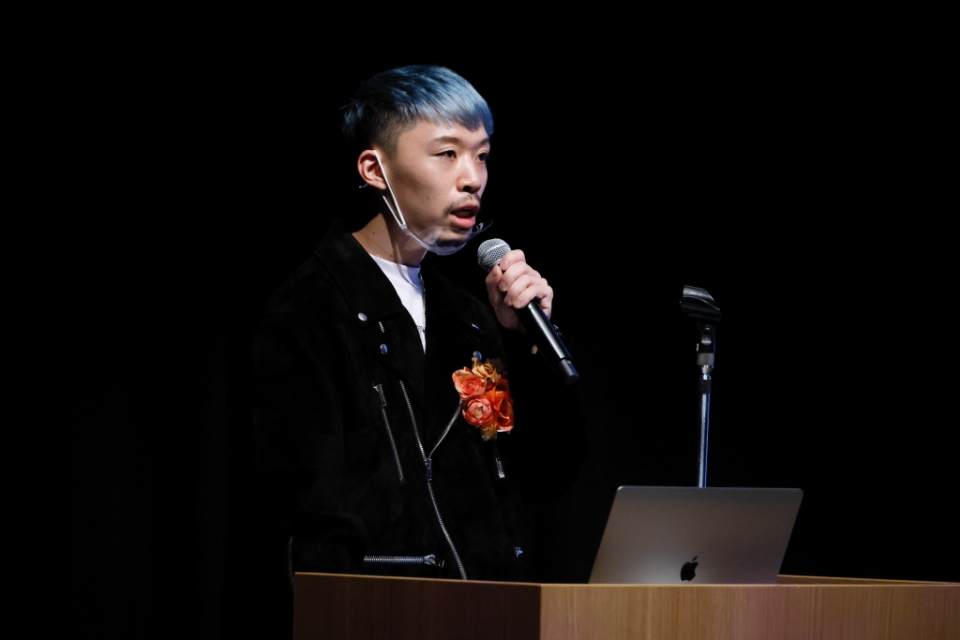
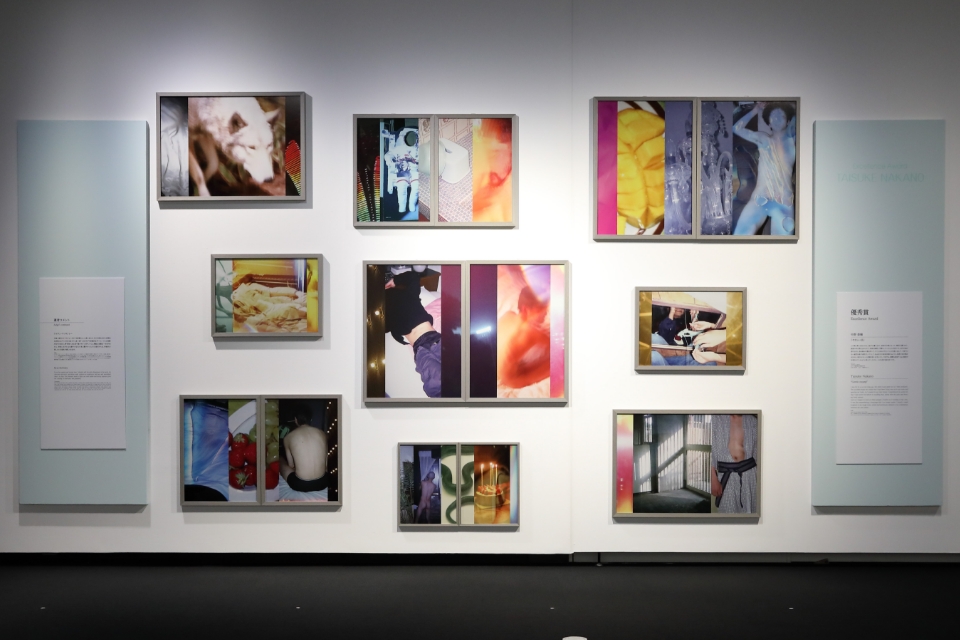
Both the book and the exhibit gave the impression of a continuous flow with no clear demarcations. This effect was enhanced by the soft colors and focus and the ambiguity of the compositions. This makes for continuous sequences that disguise their boundaries, which was very interesting to me. I'd like to ask about your intentions in the way you arranged your exhibit.
(Nakano)
This is the first time I've tried framing my photos. Previously, I had this image of frames as separated works evenly spaced in a row. But I asked myself this time if this were really the case. I wanted to create an exhibit that mixed together some separated pieces and some continuous pieces. If I can complete an idea with a single photo, then a single photo is sufficient. This time, however, I wanted to edit the pieces to show that the world is connected.
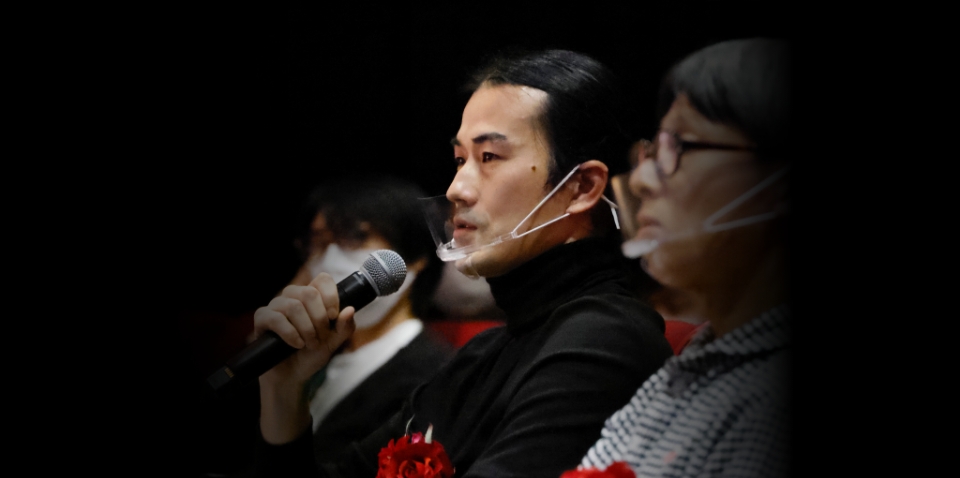
Your exhibit is a screen in collage form. Effects have been applied to make the male nudes difficult to see, such as very strong backlighting. I wonder why you didn't go with a form where the viewer can perceive the photos clearly. The constant mix of fragments, shots from behind, and some sort of slime create weirdly familiar snapshots, while the viewer can never get anything more than a peek at the content. This works well in places, but I think it would have been more interesting if more of the shots permitted the viewer to contemplate the nude bodies of straight men. The collage has been created more meticulously than it appears at first glance, but my desire to see more detail in the photos was frustrated by noise, which I very much wanted to cancel out.
(Nakano)
Before the injury to my left hand, I would carefully compose my shots using a large-format camera on a tripod. Now that I can't use my left hand, I've resorted to using a camera I can operate easily with one hand. Previously, I didn't like it if the composition wasn't exactly how I had envisioned it. But after taking photos with one hand without looking through a viewfinder for a while, I found it to be surprisingly fun and this work is the product of that process. I didn't apply any effects to the photos.
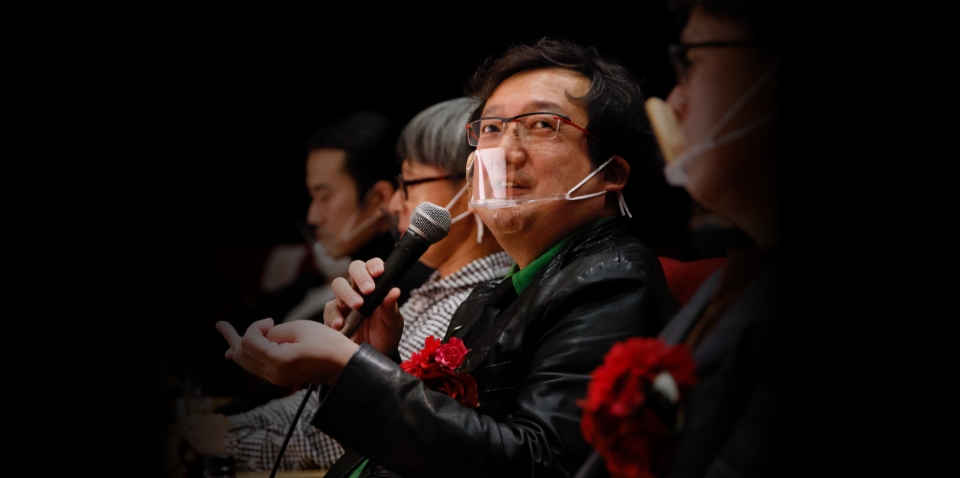
I sense a slight gap between what you just said and your book and exhibit. The photographs appear sentimental and private and infused with a sense of déjà vu. The body issues, which are of great interest to you as an artist, are profound, but that doesn't quite align with the photos that seem to say: “This is how I feel right now”. The challenge of detaching yourself further from your work is something the artist will no doubt think about moving forward. What do you think about this at this time?
(Nakano)
The aspects that resemble private photos and the elements that Mr. Shimizu mentioned as frustrating are the areas where I wanted to mislead myself. I thought it would be interesting if the photos looked like private photos of a lover. Making photos that say “he is straight” do not fit my vision the world.
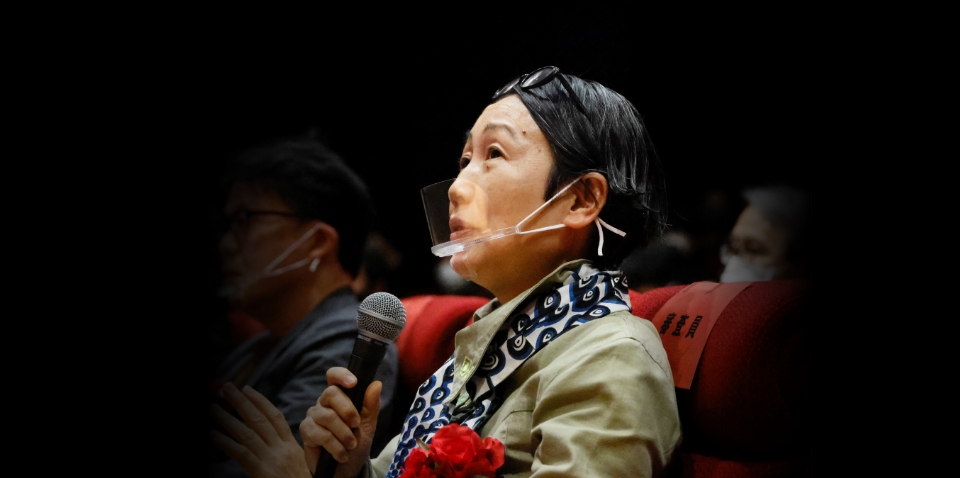
Judges' comments
Ryan McGinley (selector)
(message by video)
This contest afforded me the opportunity to discover many works using the camera to express various interpretations and to tie our world together with unique visions. Among them, Mr. Nakano's work left the biggest impression on me, with its powerful depictions and texture.